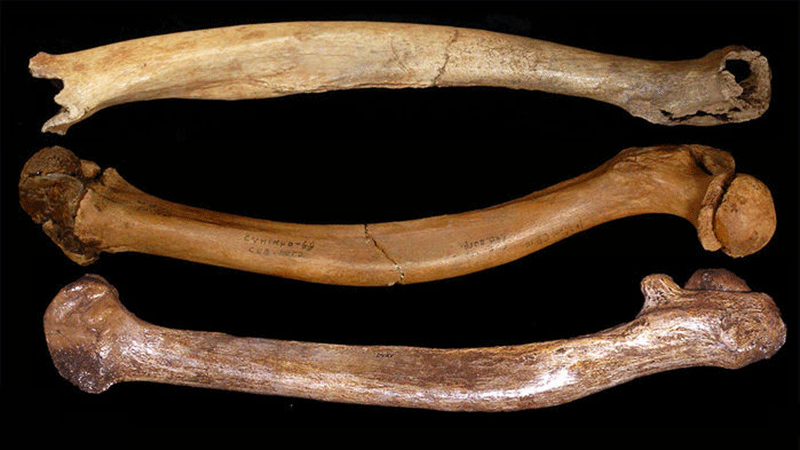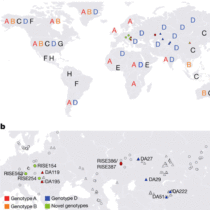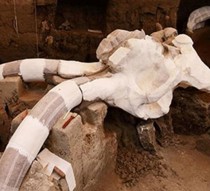A new study explains evidence of birth defects in early humans as the result of inbreeding. The deformities found on skeletons and human fossils from the Pleistocene originating from many parts of the planet indicate various conditions caused by birth defects. For instance, evidence of abnormal bowing in femur bones has been found from China to the Czech Republic, and other similar conditions have been identified both in Israel and Italy. These were not satisfactorily explained scientifically and were often attributed to environmental or climate conditions.
Erik Trinkaus, a paleoanthropologist at Washington University in St. Louis, Missouri decided to study the pattern. He studied the data gathered from the remains of 66 individuals dating to the past 200,000 years and originating from the Middle East and Eurasia. He carried on a comparative research to identify the frequency of the conditions these individuals suffered from in modern human populations. He concluded that early humans might have faced cultural or environmental pressure that led to the deformities.
However, he didn’t find any evidence suggesting special rites had taken place and that many skeletal disorders had affected only one side of the body, therefore the type of burial or the diet of the mother, as had been suggested previously, could not explain this partial abnormality. He also identified many of the abnormalities studied as indicative of genetic mutations and evidence of relations between individuals from at least one site. Since local human populations at the time were small and isolated, Trinkaus assumes that inbreeding led to harmful genetic mutations.
This hypothesis is further supported by DNA analyses which indicate low genetic diversity among Pleistocene humans, according to Hallie Buckley, a bioarchaeologist at the University of Otago in Dunedin, New Zealand. However, she highlights that DNA analysis cannot always provide answers.
Trinkaus’ paper, has also been challenged by other researchers who consider his estimates on the frequency of these abnormalities in modern people in-comprehensive, suggesting that perhaps the ancient rates should be compared with later populations in prehistory or early historic populations.
Another important conclusion from the research is that since many of the deformities can prove fatal if not untreated many of the individuals studied survived for years, often past childhood, which suggests that early humans must have had the medical knowhow and the social support needed.
The report has been published in the Proceedings of the National Academy of Sciences.





